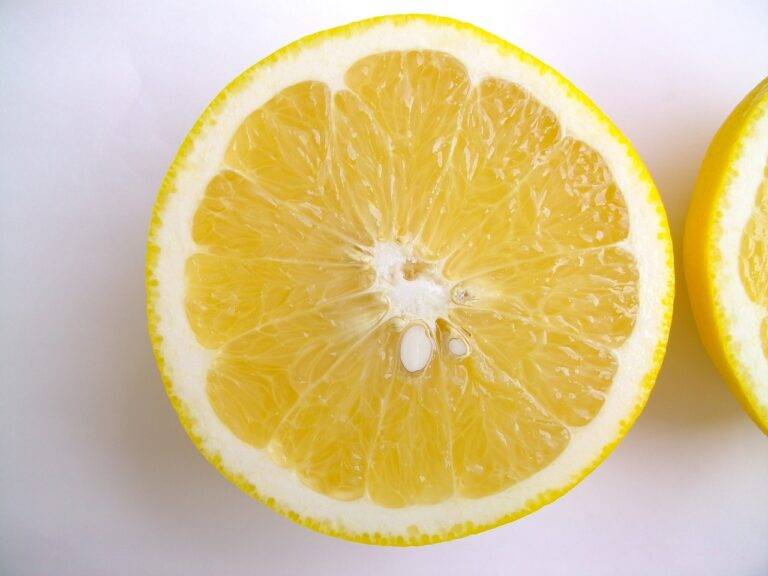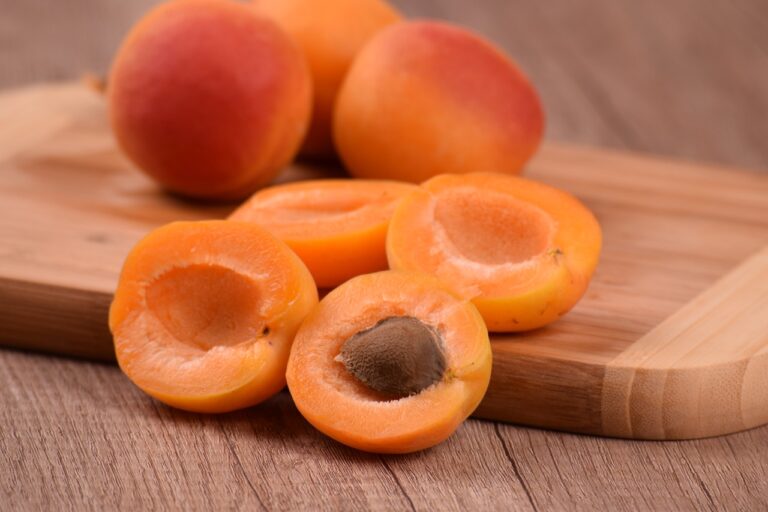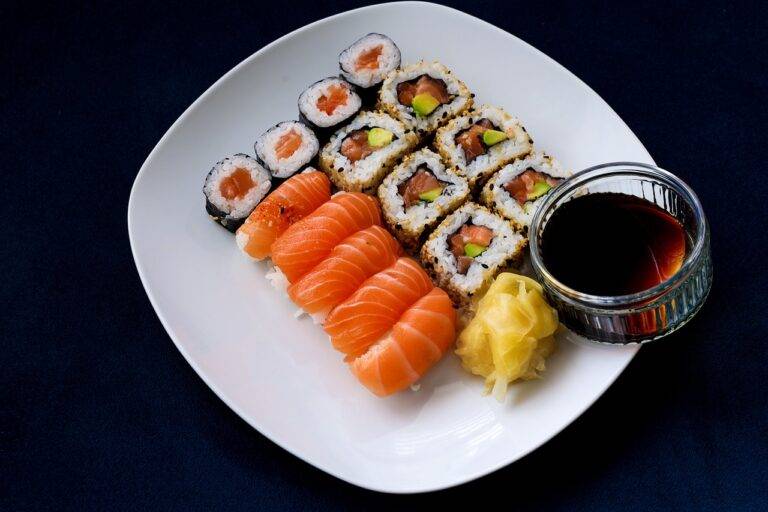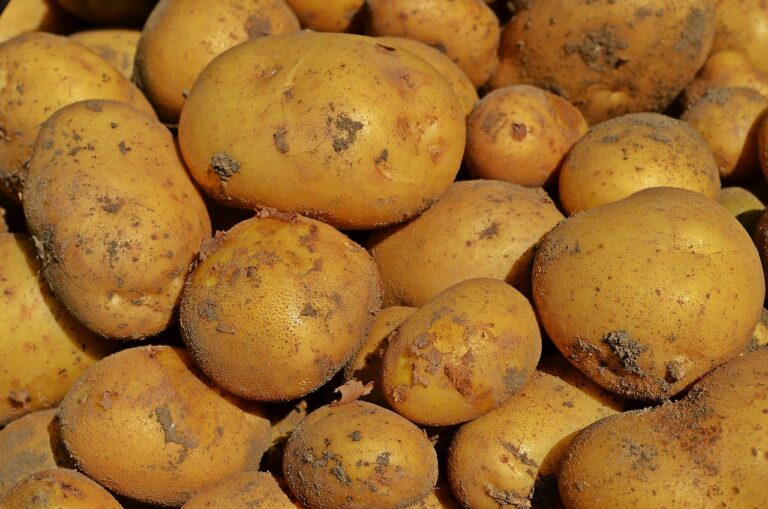Sustainable Food Packaging: Innovations in Edible Films and Coatings for Fresh Produce
One effective way to extend the shelf life of perishable products is through the use of modified atmosphere packaging (MAP). This innovative technology involves altering the composition of the air inside the packaging to slow down the process of food spoilage. By reducing oxygen levels and increasing levels of other gases such as carbon dioxide, MAP can help prevent the growth of microorganisms and prolong the freshness of food products.
Another emerging solution for extending shelf life is the application of nanotechnology in packaging materials. Nanoparticles can be incorporated into packaging films to provide antimicrobial and antioxidant properties, effectively inhibiting the growth of bacteria and delaying oxidation reactions that cause food deterioration. This cutting-edge approach holds great potential for enhancing food safety and quality, contributing to the reduction of food waste and enhancing the sustainability of the food industry.
Advantages of Edible Films and Coatings
Edible films and coatings offer a natural and sustainable alternative to traditional packaging materials. These innovative solutions can be tailored to specific products, providing a barrier against moisture, oxygen, and other external factors that can compromise the freshness and quality of food products. Additionally, edible films and coatings can extend the shelf life of perishable goods, reducing food waste and enhancing overall product sustainability.
Moreover, the use of edible films and coatings can improve the visual appeal of products, making them more attractive to consumers. These coatings can also enhance the flavor and aroma of food items, creating a unique sensory experience for customers. By incorporating edible films and coatings into packaging strategies, food manufacturers can differentiate their products in the market while also meeting the growing consumer demand for eco-friendly and innovative packaging solutions.
• Edible films and coatings provide a natural and sustainable alternative to traditional packaging materials
• Tailored solutions offer a barrier against moisture, oxygen, and other external factors
• Extend shelf life of perishable goods, reducing food waste
• Enhance visual appeal of products, making them more attractive to consumers
• Improve flavor and aroma of food items for a unique sensory experience
• Differentiate products in the market while meeting consumer demand for eco-friendly packaging
Challenges in Implementing Sustainable Packaging
Sustainable packaging has gained traction in recent years as consumers increasingly demand environmentally friendly solutions. However, implementing sustainable packaging poses several challenges for businesses across various industries. One notable obstacle is the higher initial costs associated with sustainable materials compared to traditional packaging options. Companies may find it challenging to invest in eco-friendly alternatives, especially when they are already operating on tight budgets.
Another hurdle in implementing sustainable packaging is the lack of standardization and regulations in the industry. With a myriad of options available, such as biodegradable, compostable, and recyclable materials, businesses can struggle to navigate the complex landscape of sustainable packaging. The absence of clear guidelines and definitions for what constitutes sustainable packaging further complicates decision-making processes for companies looking to make the transition.
What are some innovative solutions for extending shelf life in sustainable packaging?
Some innovative solutions include using active packaging materials like oxygen scavengers or antimicrobial films, as well as implementing modified atmosphere packaging techniques.
What are the advantages of using edible films and coatings in sustainable packaging?
Edible films and coatings can help reduce food waste by extending the shelf life of products, as well as provide a natural barrier against moisture and oxygen.
What are some common challenges in implementing sustainable packaging?
Some common challenges include cost barriers, limited availability of sustainable packaging materials, and the need for infrastructure and consumer education to support sustainable packaging practices.






